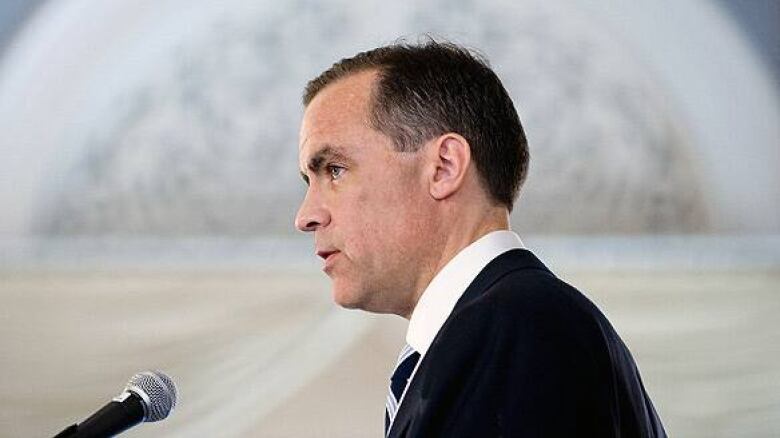The ABCs of economic recovery
Forecasting by the letter

Politicians and central bankers around the world are falling over themselves these days in a headlong rush to declare the recession over or almost over or things are at least getting better.
Economists, however, are divided on how fast and strong the nascent recovery will be. Sharp snap-back or long and slow? Flat line or double-dip? Or some combination thereof?
Forecasting the shape of that recovery is, of course, what economists do. As part of that exercise, they've developed a handy nomenclature letter-based descriptors that serve as quick reference points for their particular recovery theories.
The alphabet's letters offer 26 shapes to lend themselves to this effort. Some letters would seem unlikely to ever join this exclusive club. But then again, some of the more determined economists have proven to be adept at shape-shifting letters to suit their graphic visions.
Here are the letter-based recovery theories we've seen so far:
The "V"-shaped recovery
As the letter's shape implies, a V-shaped recovery is marked by a sharp slide in growth rates, followed by an equally sharp snap back to pre-recessionary levels, with no lengthy dawdling at the bottom. A corollary to this is the small "v" recovery a sharp slide, followed by a more modest rise. Those in the V-camp note that in past recessions, fast drops in growth have usually been followed by sharp gains. Many economists, including Bank of Canada governor Mark Carney, have noted that the Canadian economy is rebounding faster than the American. Carney has already declared the recession all but over in Canada. But in the U.S., a recent survey of private sector economists found only one in six predicting a V-shaped bounce in the U.S. economy. Those in the majority were using another letter the "U".
The 'U"-shaped recovery

These days, more and more of the V-shaped economists are jumping into the "U" boat at least as far as the U.S. economy is concerned. Recoveries like this are slow and subdued. No swift emergence from the economic mire just a grinding scrabble out of negativity after a period of bleak bottom-dwelling. The stock market may have recovered half of what it lost since the summer of 2008, but the U-shapers say the length and depth of the U.S. recession (which began in late 2007), a fragile housing sector, tepid consumer spending and tight credit markets have made a V-shaped bounce back impossible.
The "W"-shaped recovery
This scenario goes by another name the double-dip. The shape of this letter reflects the economic roller coaster. Dip, followed by recovery, followed quickly by another dip, before an eventual return to sustained growth. Some economists have recently put this forward as the likeliest outcome for the U.S. economy. The "W" scenario was the prevailing one in the early 1980s, as high interest rates derailed a fragile recovery. Nouriel Roubini, the New York University economist who garnered a following for being among the first to predict the depth of the crash, is among those worried about the prospect of a W-shaped recovery. Some in the "W" camp argue that commodity prices are rising too quickly. Others see the second leg down occurring after all the economic stimulus packages start to run out.
The "L"-shaped recovery
This is the worst of all. An L-shaped is really no recovery at all just a bleak slide along the bottom as the economy stagnates. That's not a forecast many are sticking to these days, what with rebounding stock markets and talk of "green shoots" sprouting everywhere. Japan's economy endured this dead zone of no growth for much of the 1990s.
As for the lesser known letter-based scenarios
The "h"-shaped recovery
We're using the small "h" here, because that's closer to the shape of this recovery scenario. Slump, followed by sharp snap back, followed by flat line, and then another dip. Not a popular scenario among economists.
The "O"-shaped recovery
Some wags with a lot of time on their hands have declared that none of the economic measures being enacted will work because the politicians are going around in circles thus the "O" moniker. The fact that a certain president's name begins with "O" has proven to be irresistible to these folks.
The "X"-shaped recovery
This doesn't really reflect the economy's performance on a graph. It's meant to denote the unknown. In a July 2009 blog post, former U.S. Treasury secretary Robert Reich rejected the likelihood of "U" or "V" recoveries and came out with an "X" prediction. "This economy can't get back on track because the track we were on for years simply can't be sustained," he wrote. "The X marks a brand new track a new economy. What will it look like? Nobody knows."












_(720p).jpg)


 OFFICIAL HD MUSIC VIDEO.jpg)
.jpg)



























































































